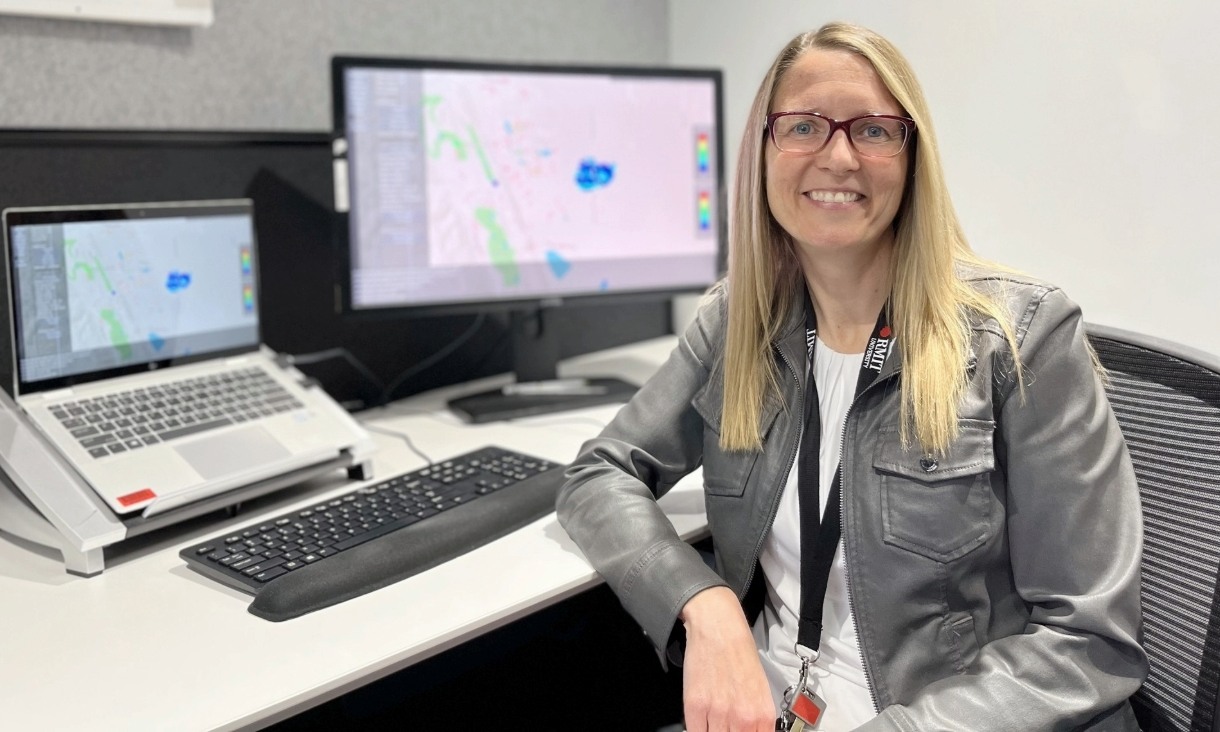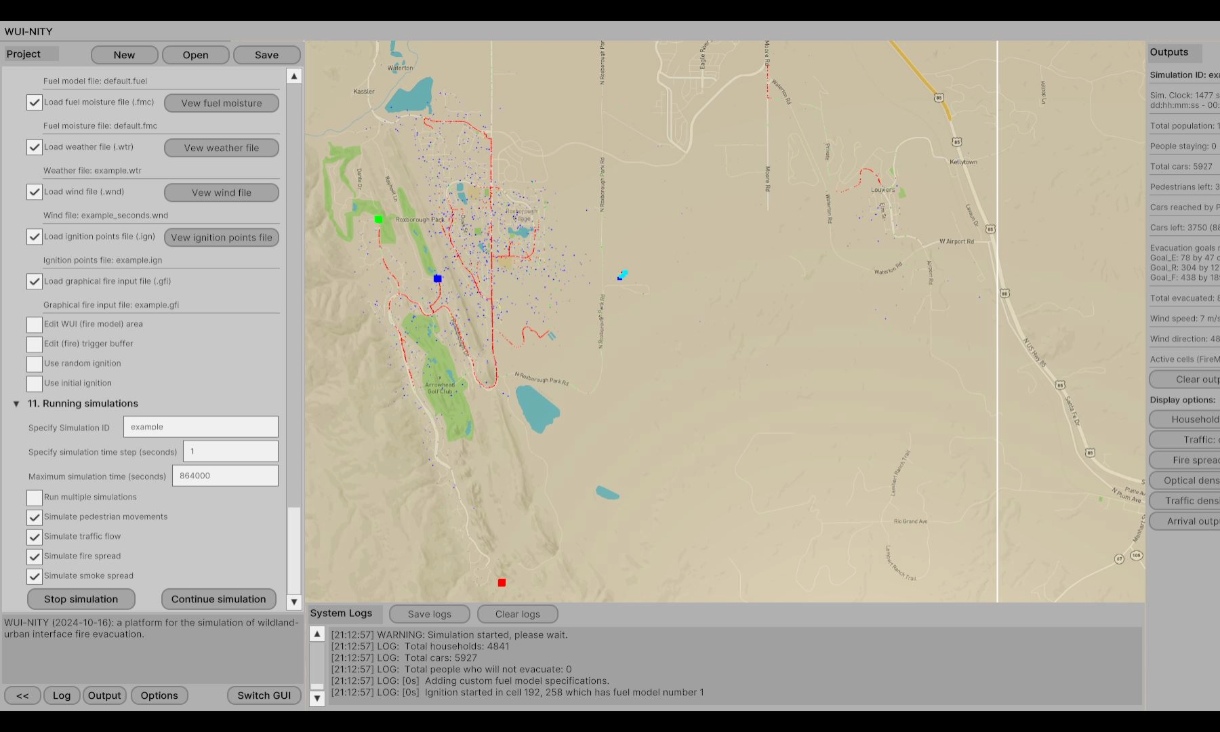A collaboration spanning Europe, Australia and North America to create a cutting-edge bushfire evacuation simulator has been recognised for its contribution to fire safety.
The simulator visualises bushfire spread and people movement based on traffic congestion, weather conditions and other factors to calculate how quickly a community can escape a fire.
The award-winning team from RMIT University, Imperial College London, Canada's National Research Council, Lund University and end-users like GHD Group, have collaborated for over eight years to develop and test the free-to-use simulation tool, known as WUI-NITY.
This month in California the team received one of the US National Fire Protection Association's (NFPA) highest honours - the Foundation Medal - for their work.

NFPA Fire Protection Research Foundation Executive Director Amanda Kimball accepted the award on behalf of the group.
RMIT University's Dr Erica Kuligowski said the simulator fills a critical gap in bushfire disaster management by providing vital information on evacuation movements and timing required for emergency planning in preparation for upcoming bushfire seasons.
"The program incorporates likely events that can influence evacuee travel times, including routes and destinations being blocked or rendered unavailable due to the fire, shelters reaching capacity or closing, car accidents and road lane reversals," said Kuligowski, Principal Research Fellow in RMIT University's School of Engineering.
"This is all critical information for authorities to manage evacuations and firefighting efforts as effectively as possible."

RMIT University's Dr Erica Kuligowski.
Kuligowski said there were few tools like this available that simulate bushfires, pedestrian movement and traffic movement all in one and that the level of validation with real-time traffic count data, data from virtual reality driving simulations, and social media datasets, set it apart.
A major innovation by RMIT was social media data mining techniques for the investigation of evacuation behaviour, while other partners pioneered the use of virtual reality technology to explore driving behaviour during wildfire scenarios.
The model has been validated in large-scale community evacuation drills, including one in Roxborough Park, Colorado (USA) to help build greater realism into the modelling systems.

The simulator showing traffic congestion and other data to inform evacuation planning.
Collaborartion the key to success
The award recognised the quality of the team's work, as well as the collaborative approach of the many partners involved.
Steve Gwynne, formally at GHD and now at University of Greenwich said the collaboration had been a positive experience.
"It's been an absolute pleasure to be a part of this effort," he said. "From my perspective, our goal has always been firstly to demonstrate the benefits of quantifying evacuation performance to stakeholders, and secondly, to provide an informed example of how this might be done - involving real-world drills, guidance, and tool development."
"If we have made this case in any small degree, then it has been worthwhile."
The tool and user's guide are freely available online for use by anyone who is interested, including authorities, while further development continues towards deployment. There is also a more recent version of WUI-NITY that is available to researchers.
The RMIT team will conduct interviews with evacuation planners and decision-makers this year to inform further improvements for the WUI-NITY tool.
The RMIT team includes Dr Erica Kuligowski, Dr Xiangmin (Emily) Zhou, Junfeng Wu (formerly at RMIT), and Dr Dhirendra Singh (now at CSIRO).
Other members of the research team include Associate Professor Enrico Ronchi, Dr Jonathan Wahlqvist, and Arthur Rohaert at Lund University; Professor Guillermo Rein, Dr Harry Mitchell and Nikolaos Kalogeropoulos at Imperial College London; Professor Steve Gwynne and Dr Hui Xie from Movement Strategies (now at University of Greenwich); Dr Peter Thompson from Movement Strategies (now at University of Canterbury); Dr Max Kinateder, Maxine Berthiaume and Dr Noureddine Bénichou at Canada's National Research Council; and Amanda Kimball at the Fire Protection Research Foundation.






